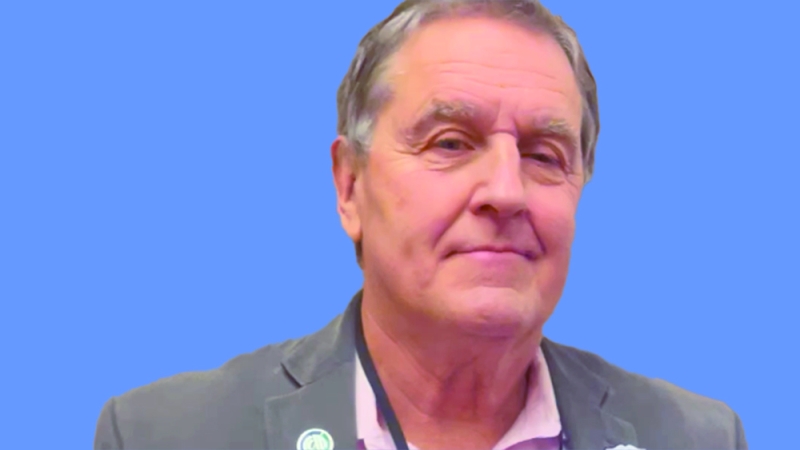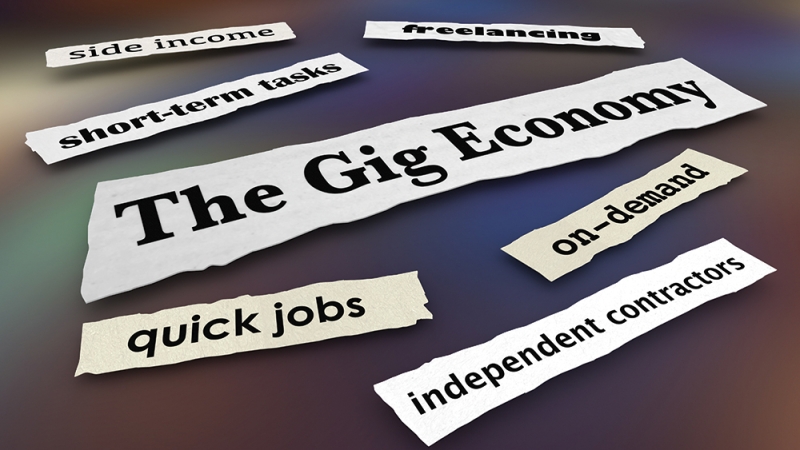Ditto for Morgan Stanley Chief Executive Officer James Gorman, who predicted the Fed will to begin pulling back its bond buying – “tapering” has become the popular term for that -- toward the end of this year and start raising interest rates in early 2022. That’s sooner than the bank’s own economists forecast. “My personal view is rates are likely to rise in the early part of next year and not in 2023, which is currently the projection,” Gorman said during an online conference in Tokyo in late May.
As Zillow economist Mathew Speakman sees it, the Fed is in a “tricky” position. “Measures of inflation have become increasingly relevant as markets gauge whether the combination of aggressive monetary and fiscal stimulus and the nation’s accelerating economic recovery will cause the economy to overheat and force the Federal Reserve to intervene,” he said in his weekly commentary. “The inflation figures present arguably the toughest test yet of the Fed’s commitment” to maintaining loose monetary policy.
Keith Gumbinger, the vice president and resident mortgage expert at HSH Associates, the consumer-driven mortgage information publishing house, said the Fed needs to be more transparent about how far it will go before battening down the hatches. “What's not clear – and needs to be made clearer sooner rather than later -- is how warm inflation will be allowed to run, and for how long a period of time, before policy is changed to temper it,” Gumbinger wrote in his weekly newsletter.
Not Worried, But Wary
Investors already have taken notice, he pointed, driving “the influential yield” on the 10-year Treasury close to the top of its recent range before settling back down. “Of course, this bit of firming will pressure mortgage rates to a degree, but provided they remain at about the 3 percent line, mortgage activity should remain pretty fair, if much diminished from the frenzy of late last year and early 2021 when rates hit all-time lows.”
At Fannie Mae, economist Doug Duncan was taking a cautious view. “Stronger inflation and a resultant move in interest rates are risks that should be monitored,” he said in one of his weekly commentaries. “As the effects of expansionary monetary policy continue to work their way through the economy, inflationary expectations may continue to rise. This could lead to prices rising further, even with growth concurrently slowing in the presence of diminished labor market slack and waning fiscal policy support.
“If such a scenario were to play out, the question then becomes whether this necessitates a response by the Federal Reserve. While momentum in the housing market will likely continue in the near term, this is an increasingly important consideration for 2022.”
In mid-May, Duncan said supply constraints across multiple sectors are pointing toward ongoing price pressures. The shortages have yet to significantly affect mortgages rates – except that the rise in the 10-year Treasury “contains an increased expected inflation component and has prevented mortgage rates from retreating further from their temporary recent peak.”
Finally, let’s hear from the Fed itself. According to the minutes of its April meeting, some members believed “it might be appropriate at some point” to consider tapering asset purchases if the economy shows “rapid progress.” Purchases of Treasury bonds and mortgage-backed securities are running at about $120 billion a month.
The meeting summary said this: “A number of participants suggested that if the economy continued to make rapid progress toward the Committee’s goals, it might be appropriate at some point in upcoming meetings to begin discussing a plan for adjusting the pace of asset purchases.” But after the “transitory” effects of supply chain issues fade, “participants expect measured inflation to ease.”
That was in mid-May, before inflation and employment numbers were released. But in early June, Philadelphia Federal Reserve Bank President Patrick Harker reiterated that it’s not too early to start thinking about slowing the pace of asset purchases. “We’re planning to keep the federal funds rate low,” he said in remarks prepared for a virtual event. “But it may be time to at least think about thinking about tapering.”












